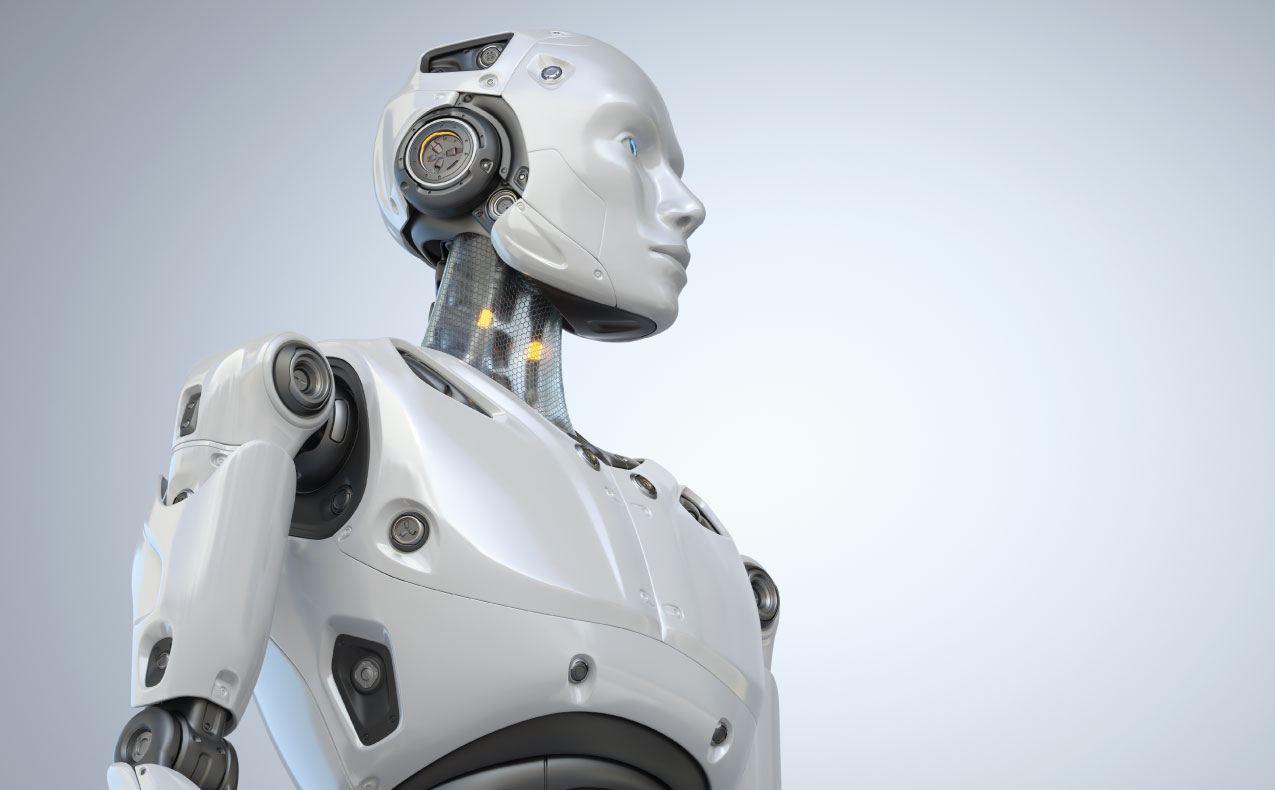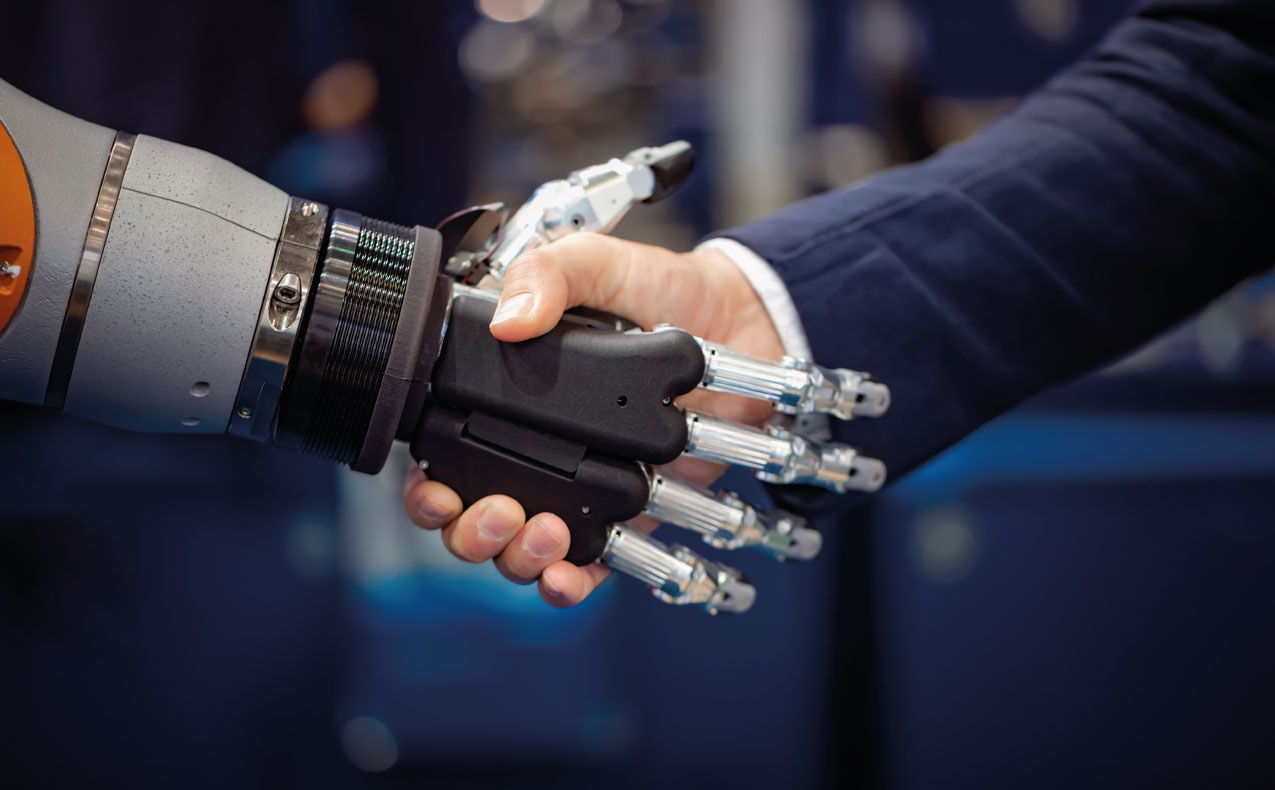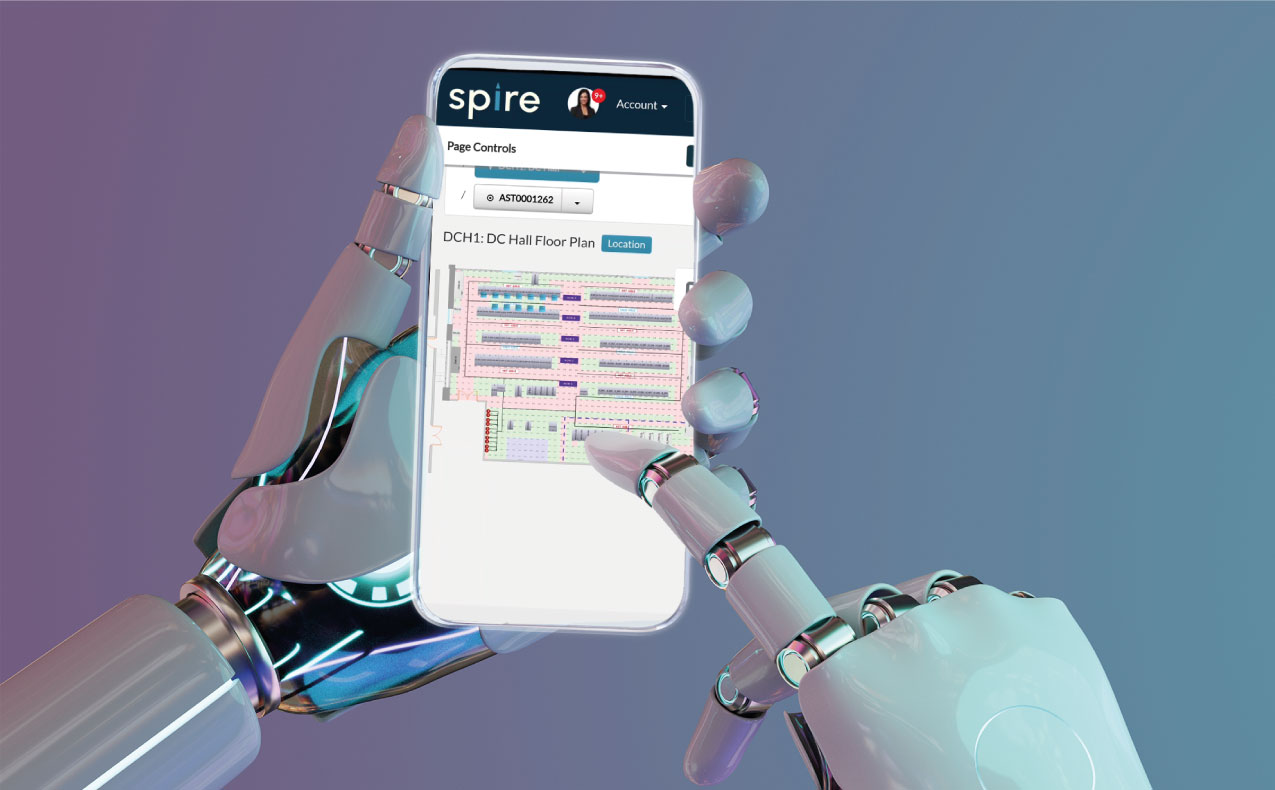The heavy lifting of continuous data centre monitoring has been, up until now, largely centred on a human workforce – with human working hours, human learning curves… and human fallibility (with tea breaks!) Until recently that is. With the rise of the different types of applications of Artificial Intelligence and Machine Learning capabilities within day to day processes, a new dawn of data centre operations has broken.
These advances in AI and intelligent cloud software solutions offer a promising future for creating a more reactive and innovative way of running data centre dynamics. Gaps that are hard to fill with manual labour can be made more efficient; processes are streamlined and scope for error reduced.

But don’t panic, humankind – there’s still a long way to go before AI starts to completely replace data centre engineers and technicians. We are not yet at the stage of a totally hands-off data centre, and nor should we be. Human knowledge and experiences are key for training AI to make intelligent and reasonable decisions – especially in larger deployments. Nor is there a one-size fits all approach to implementing any form of AI capability in your organisation.
To be successful, AI needs to work in complementary ways to traditional data centre operations – making day to day processes efficient, cost effective and highly reactive to issues and change. It needs to make sense, make our lives easier – and our data more efficient.
So, what does the future of data centre AI look like? How can AI help your assets and data work smarter, and harder? Will it change the way data centres operate forever?

Table of Contents
ToggleBetter Performance Capabilities
We know that big companies and market leaders have been looking to AI for over a decade to make data centres as optimised as they can be, reducing energy costs and eliminating wasted resources.
Google and Facebook have credited AI for big changes in their data centre efficiency, claiming to have halved their energy usage and delivering savings of an estimated 30% – all through introducing AI systems to manage their cooling, asset cycles and processes.
Indeed, by implementing AI solutions, data centres are able to optimise every aspect of operations. Historically, it was only possible to maximise data centre environments with limited accountability for variables. Real-time optimisation was near-impossible on any sort of large scale. With seamless integration, AI allows for dynamic, intelligent and effective running of a data centre, complementing and enhancing existing systems.

Flexible and Reactive Control of Data Centres
Introducing AI into data centres allows teams to be truly reactive and flexible – especially in the post pandemic era of working. A seismic shift in our working patterns and environments has taken place, with remote and hybrid working becoming normal practice.
In reality, the running of a complex data centre still needs data centre managers and operations teams to be hands on, in the respect that they need to have access to real-time data and be able to react to escalations. What AI provides is reassurance that any issues can be identified early enough, and that a full, and accurate, report on data is available whenever it’s required. AI allows rapid assessment of optimal performance for equipment – and has immediate feedback as to whether assets are functioning properly, stopping blackouts and thermal outages in their tracks.
AI solutions and harmonious intelligent cloud-based software provides a true digital twin to resolve both these challenges – giving data centre teams x-ray vision over every ounce of data, each asset and giving access to reliable, live monitoring information at their fingertips. AI technology allows you to easily predict cooling and heating trends to make smart decisions on your energy consumption and budgets, even from remote locations (you can learn more about improving data centre power and energy efficiency on our detail blog here).

According to a recent report by Gartner, by 2024 it is predicted that more than 45% of IT spending on system infrastructure, infrastructure software, application software and business process outsourcing will be through the cloud.
This won’t necessarily change post-pandemic either, and increasing network needs across the globe means that a balance must be found between capacity and workplace security. Having the ability to create a true digital twin, with all of your assets and data at your fingertips is invaluable – and that’s where Assetspire comes in.
The future of DCIM software takes a holistic approach to make sure that everything is used as efficiently as possible – from equipment and floor space, to energy and assessing future capacity.
In fact, smart technologies are beginning to emerge in every aspect of a data centre. There is a growing trend for using engineer-grade Augmented Reality even at the data centre build stage. Architects are turning to AR to tackle the industry’s biggest plague – data centre rework. Getting it right the first time, and planning for future capacity demands is a game-changer for keeping costs down and having the ability to grow, and grow… and grow. But let’s leave the topic of hyperscaling for another time…

Assetspire’s Unique 3DCIM Solution
Artificial intelligence and data management have a symbiotic relationship and the future of data is automated and smart. It should make data centre management easier, not add another layer of complication. Intelligent software systems need to seamlessly integrate users and organisations and make cumbersome DCIM management tools a thing of the past (add them to that drawer you keep your old USB drives in…)
Assetspire are right at the forefront of these shifts, and we work with your business to empower you to be ready for what the future holds.




